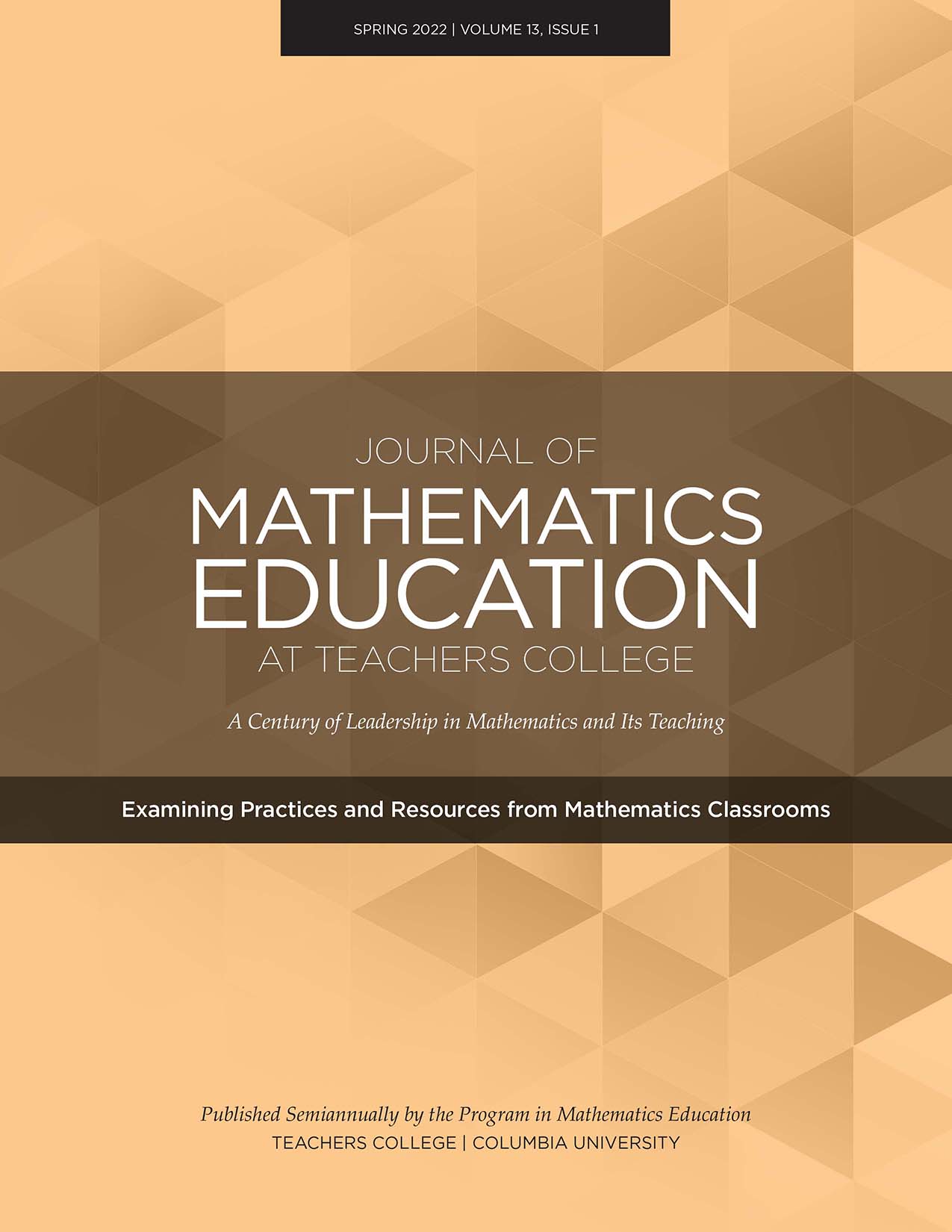Peer Feedback in the Mathematics Classroom
Main Article Content
Abstract
This study explores peer feedback in a combined fifth and sixth-grade classroom.
Drawing on Hattie and Timperley’s (2007) model for feedback, we analyzed 334 peer feedback comments gathered during six mathematics lessons. Our analysis revealed evidence of peer feedback being beneficial to the students who provide it as well as those who receive it. Specifically, we share examples of how peer feedback can support opportunities for providers of feedback to 1) self-regulate by choosing mathematics strategies, 2) make connections between their own mathematical ideas and those of their peers, and 3) engage in ongoing back-and-forth conversations. Findings from our study point to recommendations for teachers to be more purposeful in their prompts to students about the types of feedback they might provide one another.
Article Details

This work is licensed under a Creative Commons Attribution 4.0 International License.

